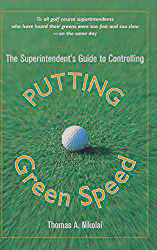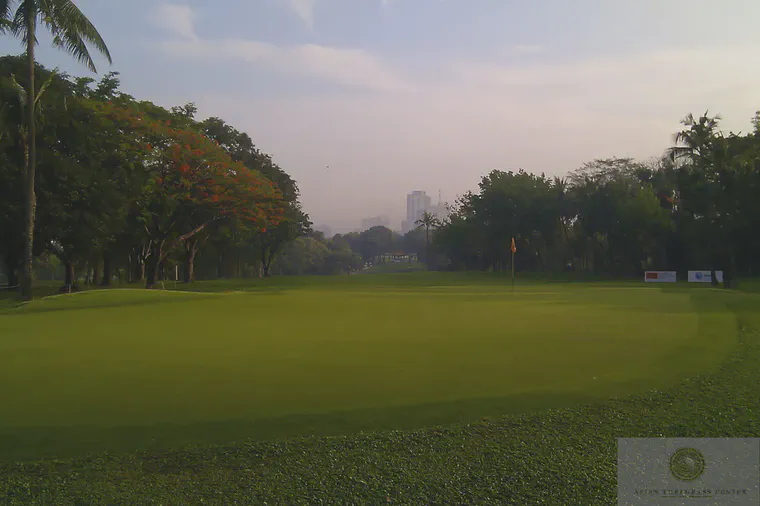Silica and Green Speed
This is something that has never made sense to me. Actually, it seems ridiculous. Zoysia greens are not renowned for being especially fast. But zoysia has especially high silica content in the leaves. Duble, writing about Zoysia: “The species vary from extremely fine textured to coarse textured types and the leaf blades are very stiff due to a high silica content.”
So if silica does make greens faster, shouldn’t zoysia greens be lightning fast?

I was reminded of it this week, so I checked Nikolai’s fine book, The Superintendent’s Guide to Controlling Putting Green Speed, on the topic. I’d heard that silica application is supposed to increase green speed by making the leaves more turgid. I looked up the topic in Nikolai. He mentioned one study by Trenholm et al. on seashore paspalum in which silica application led to increased turgor pressure of the turfgrass leaves.
Then, Nikolai had this short statement:
“For this reason, it is assumed that silica might enhance green speed, but, unfortunately, no study has tested this notion; Clearly, more data is needed on this subject.”
The book came out ten years ago. Anyone have some data on this subject since then?
I’ve reviewed 540 stimpmeter readings I made in 2011. These greens were in Japan, Vietnam, USA, Philippines, India, and Thailand. The species are listed in the table below, along with the average green speed by grass species.
| species | # of measurements | average speed (feet) |
|---|---|---|
| bent-poa | 18 | 9.9 |
| Poa annua | 19 | 9.9 |
| creeping bentgrass | 249 | 8.7 |
| fine fescue | 15 | 8.6 |
| bermuda | 107 | 8.5 |
| seashore paspalum | 90 | 8.2 |
| zoysia | 42 | 7.8 |
This is nothing against zoysia greens. Zoysia greens can be quite good.

Above is the 18th at Wack Wack during the Philippine Open. Below is roll on a zoysia green at Keya Golf Club in Japan.
The roll can be excellent. But it takes a lot of work to get the conditions shown. Just a high silica content of the leaves, and a high turgidity of the leaves contributing to faster green speed? I don’t get it.